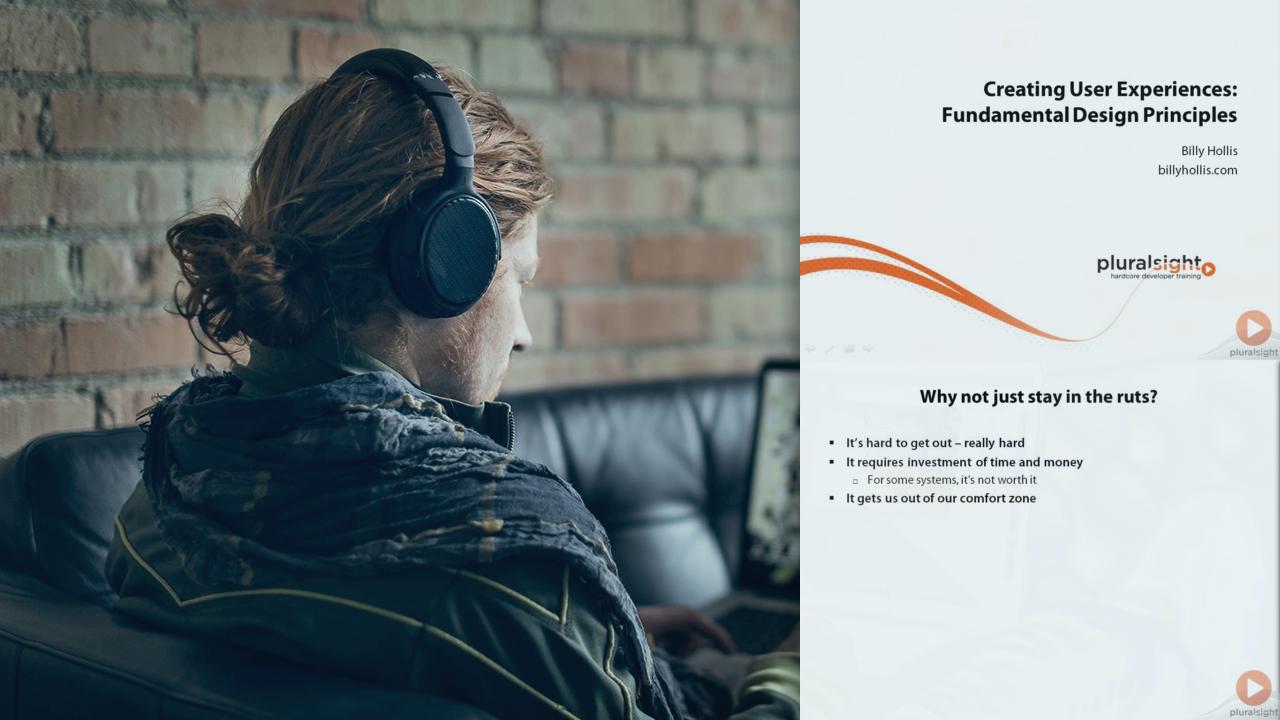- Course
Creating User Experiences: Fundamental Design Principles
An entry point for developers to begin learning more about UI/UX design

- Course
Creating User Experiences: Fundamental Design Principles
An entry point for developers to begin learning more about UI/UX design
Get started today
Access this course and other top-rated tech content with one of our business plans.
Try this course for free
Access this course and other top-rated tech content with one of our individual plans.
This course is included in the libraries shown below:
- Core Tech
What you'll learn
We're in a new era of software and devices, and user expectations are rising rapidly. To meet those expectations, developers need to understand more about design concepts. Whether working alone, or with a designer, this course will help by explaining fundamental principles, concepts, and terminology, and by exposing developers to a broad range of design possibilities.
Creating User Experiences: Fundamental Design Principles
-
Introduction | 5m 43s
-
The need for new thinking by developers | 4m 1s
-
Stuck in a rut | 3m 20s
-
Evolution as a useful mental model | 3m 36s
-
Example to learn from: the music industry | 4m 57s
-
Demo: StaffLynx as an example of new thinking | 4m 34s
-
Preparing for the new ecosystem: fundamental principles of design | 4m 49s
-
A test of awareness and observation | 2m 47s
-
Summary and looking forward | 4m 20s
-
Module 2 Introduction - Starting in the real world | 2m 27s
-
What's wrong with this elevator? | 4m 49s
-
The Gestalt principle of proximity | 4m 42s
-
Some important design principles for choosing options | 4m 49s
-
Hick's Law and its consequences | 3m 23s
-
Alternatives to ridiculously long lists of options | 5m 3s
-
Users outnumber developers, plus summary and next steps | 3m 28s

